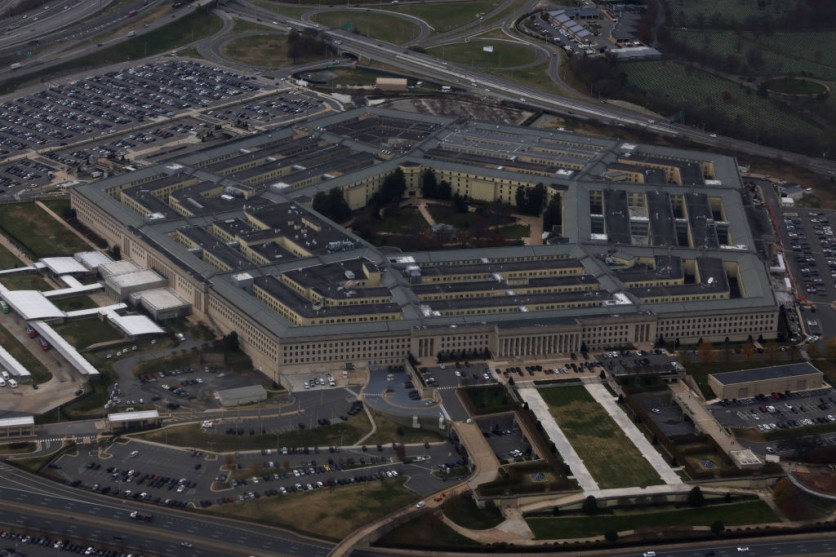Amidst the growing challenges posed by China's rising military capabilities, particularly in conventional weaponry, the Pentagon has taken a strategic step to bolster America's drone production capacity. This move comes in response to China's heightened efforts in weapon procurement.

Seeking Funds for AI-Powered Drone Fleet
To counter this, Engadget reported the United States Air Force has submitted a funding request of nearly $6 billion over the next five years to establish a fleet of XQ-58A Valkyrie unmanned aircraft.
These drones, each priced at a relatively modest $3 million, will contribute significantly to strengthening the nation's defense capabilities. This initiative contrasts with the expensive F-22 and F-35 aircraft, which individually cost $143 million and $75 million, respectively.
The Valkyrie is developed by Kratos Defense & Security Solutions as an integral part of the USAF's Low Cost Attritable Strike Demonstrator (LCASD) program. This uncrewed aircraft, measuring 30 feet, has an unfueled weight of 2,500 pounds and can accommodate a maximum total payload of 1,200 pounds.
Primarily designed as a stealthy escort aircraft, the XQ-58 is intended to provide support to F-22 and F-35 aircraft during combat operations. However, the USAF envisions the versatility of the aircraft, adapting its sensors and weaponry to suit diverse mission requirements.
These roles could encompass surveillance, resupply tasks, and even the engagement of enemy aircraft through swarming tactics during active combat scenarios.
Countering Chinese PLA
At the National Defense Industrial Association conference focused on emerging technologies in Washington, D.C., The Hill reported that Deputy Secretary of Defense Kathleen Hicks introduced the Replicator initiative.
This new program represents a significant undertaking to counter China's People's Liberation Army (PLA) by addressing one of its primary strengths: extensive military resources. Hicks described Replicator as a substantial effort to level the playing field against the PLA's advantages.
She stated during her address at the conference, "Rarely have America's war-winning strategies relied solely on matching an adversary ship-for-ship and shot-for-shot. Instead, we out-match adversaries by out-thinking, out-strategizing, and out-maneuvering them."
According to Hicks, the Defense Department intends to harness autonomous systems across various domains, which she highlighted as a cost-effective approach that minimizes the exposure of personnel to risks on the battlefield.
Hicks emphasized that the United States is gearing up to counter the PLA's numerical advantage with a strategy that offers unpredictability, elusiveness, and increased effectiveness. The country has already made significant investments in autonomous weapon systems such as self-navigating ships and unmanned aircraft.
However, Hicks unveiled the Pentagon's intent to intensify these efforts, pushing for the rapid development of new systems and weaponry to stay at the forefront of technological advancement.
Air Force has been engaged in the multi-year development of the XQ-58A Valkyrie uncrewed aircraft, partnering with Kratos Defense & Security Solutions, a San Diego-based private military contracto
Addressing the matter, a Pentagon spokeswoman conveyed to the New York Times that all Air Force drones are constructed with the intent to enable commanders and operators to exercise appropriate levels of human judgment regarding the application of force.
Related Article : US Air Force Awards $950 Million Advanced Battle Management System Contract to ARC

ⓒ 2025 TECHTIMES.com All rights reserved. Do not reproduce without permission.




